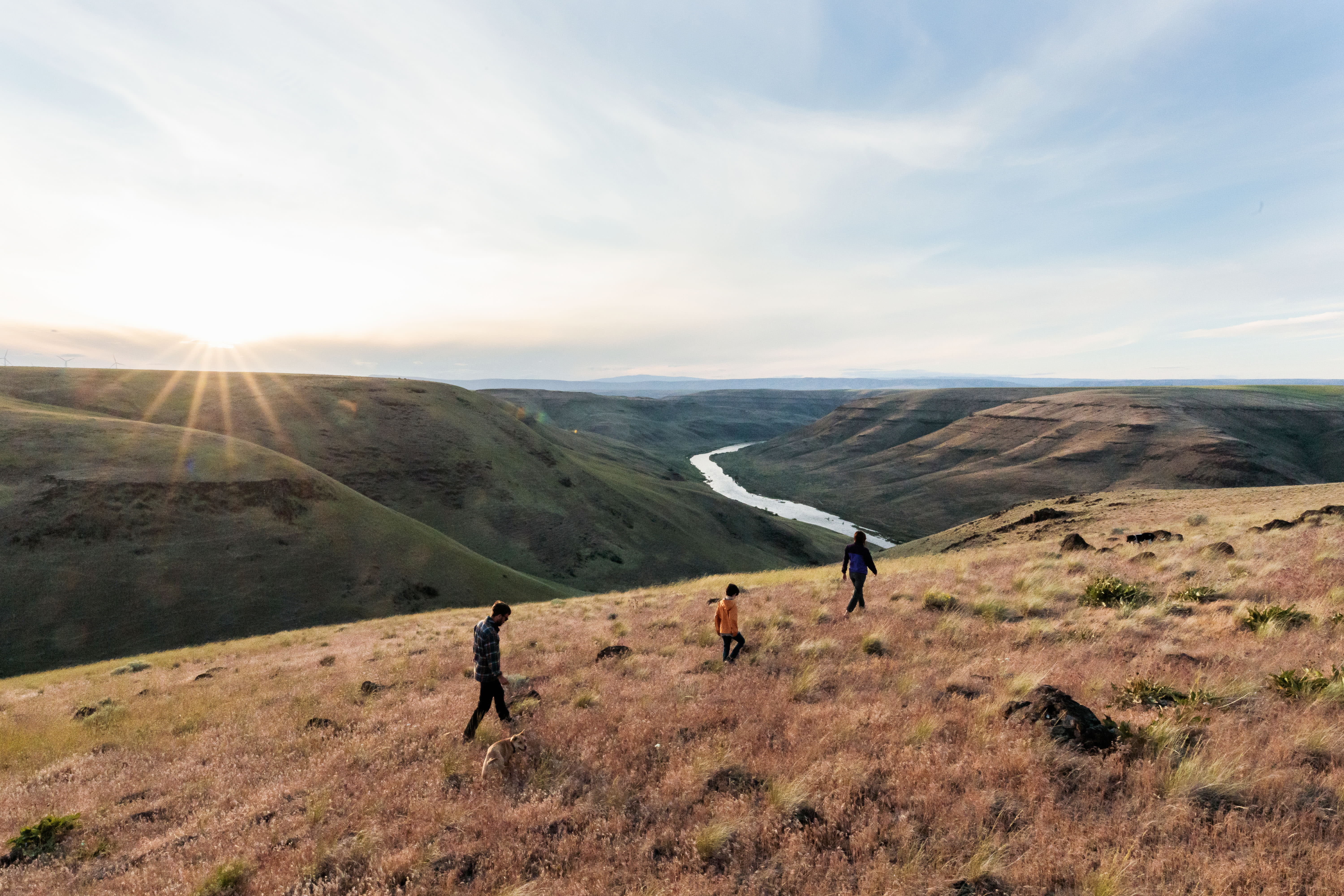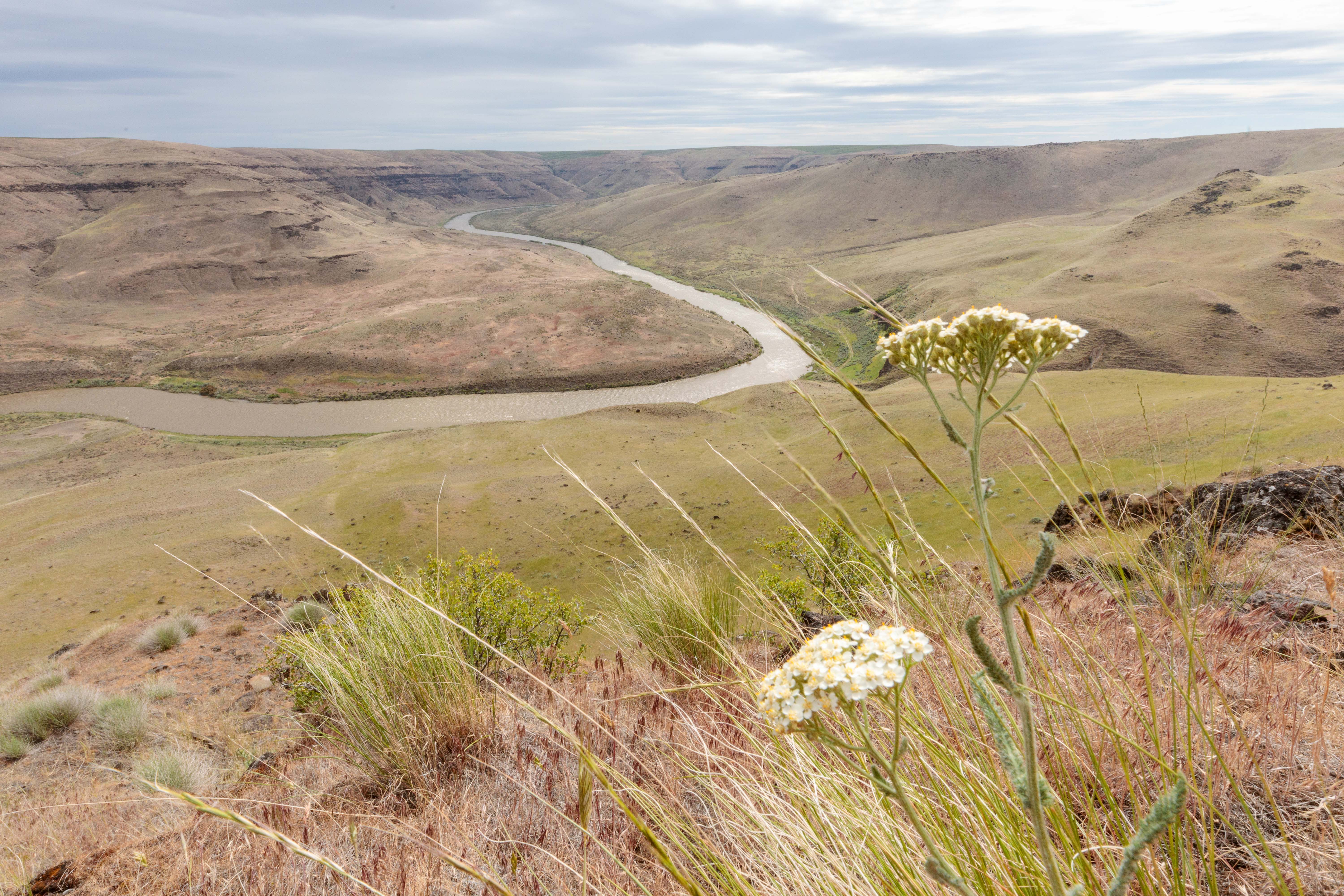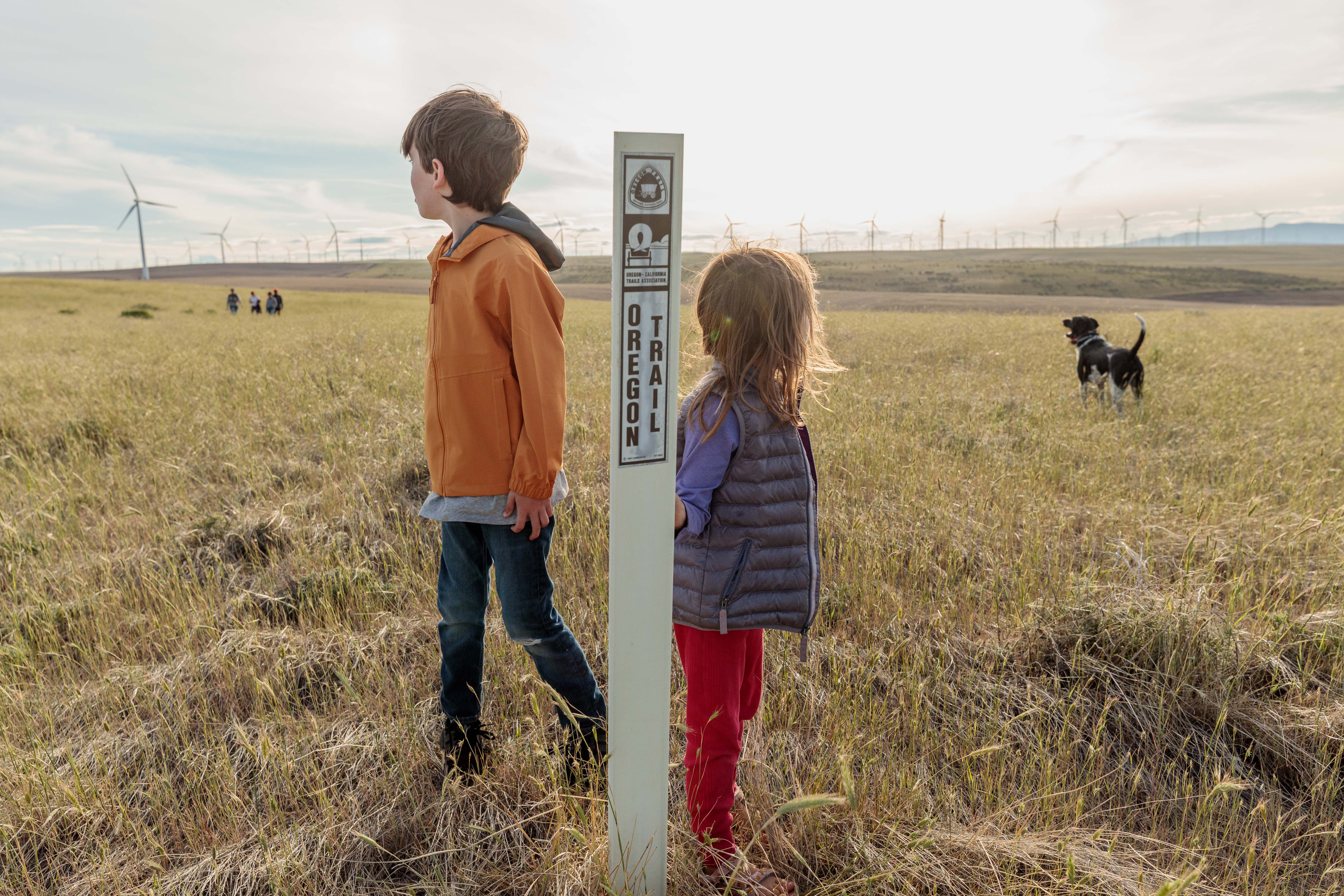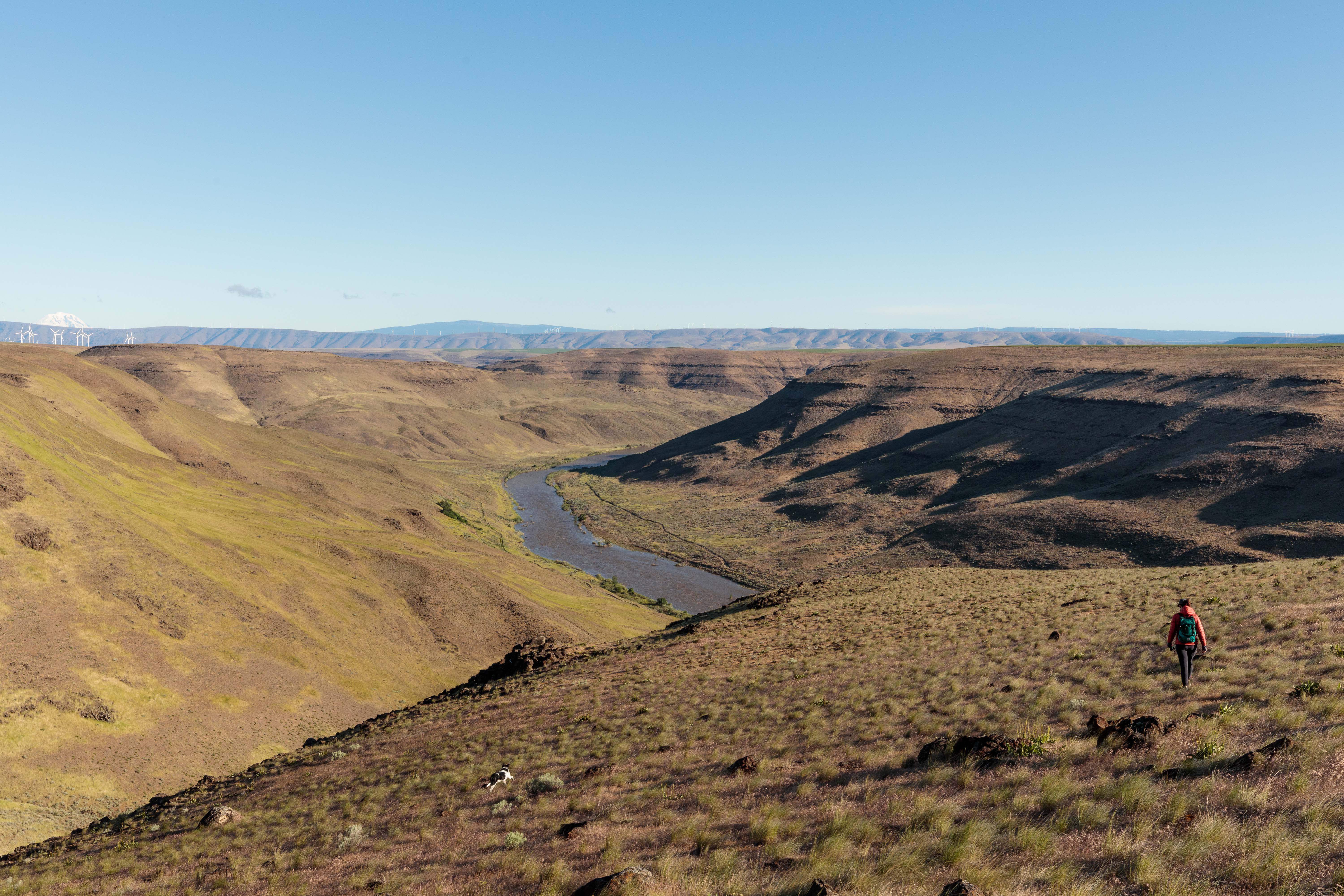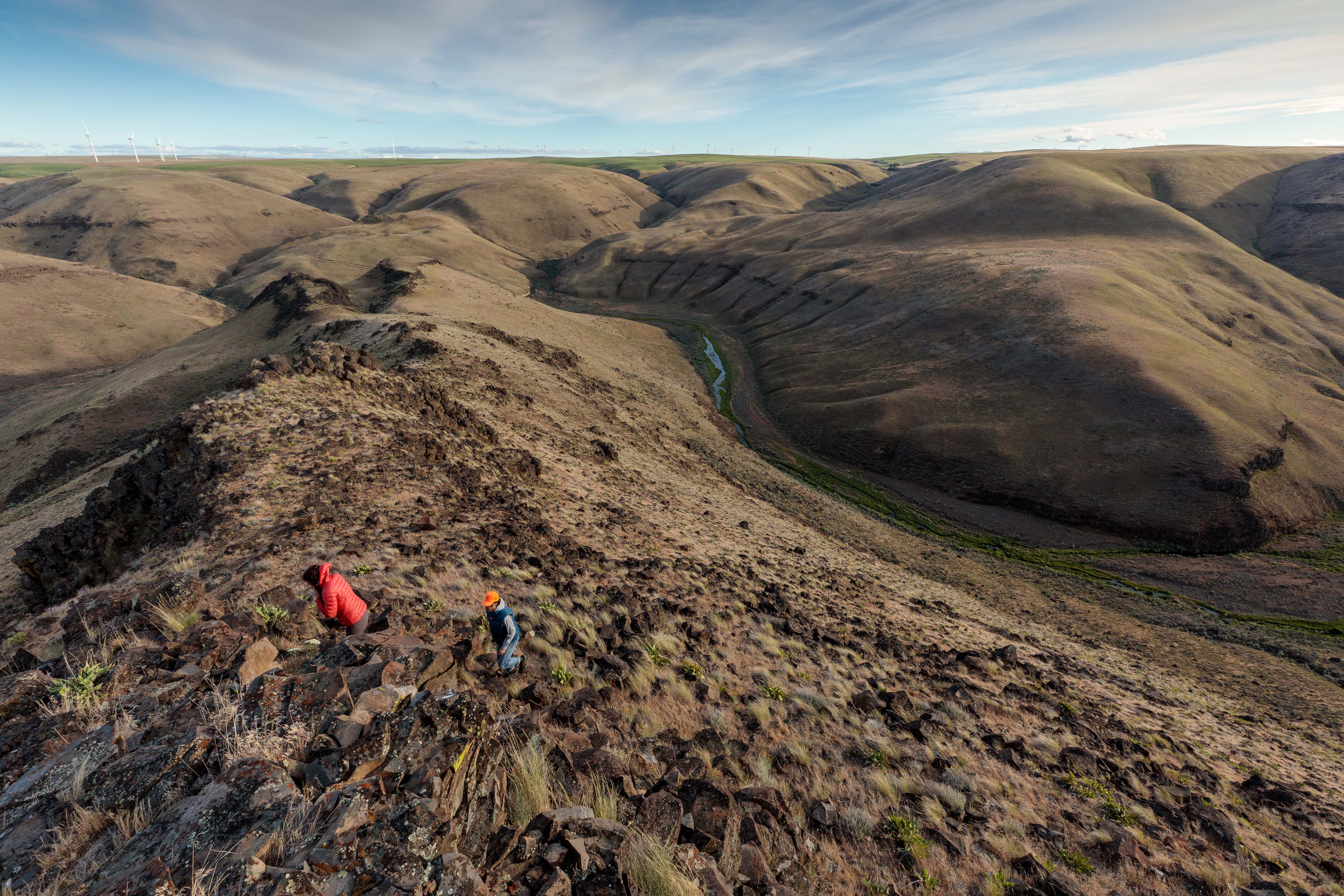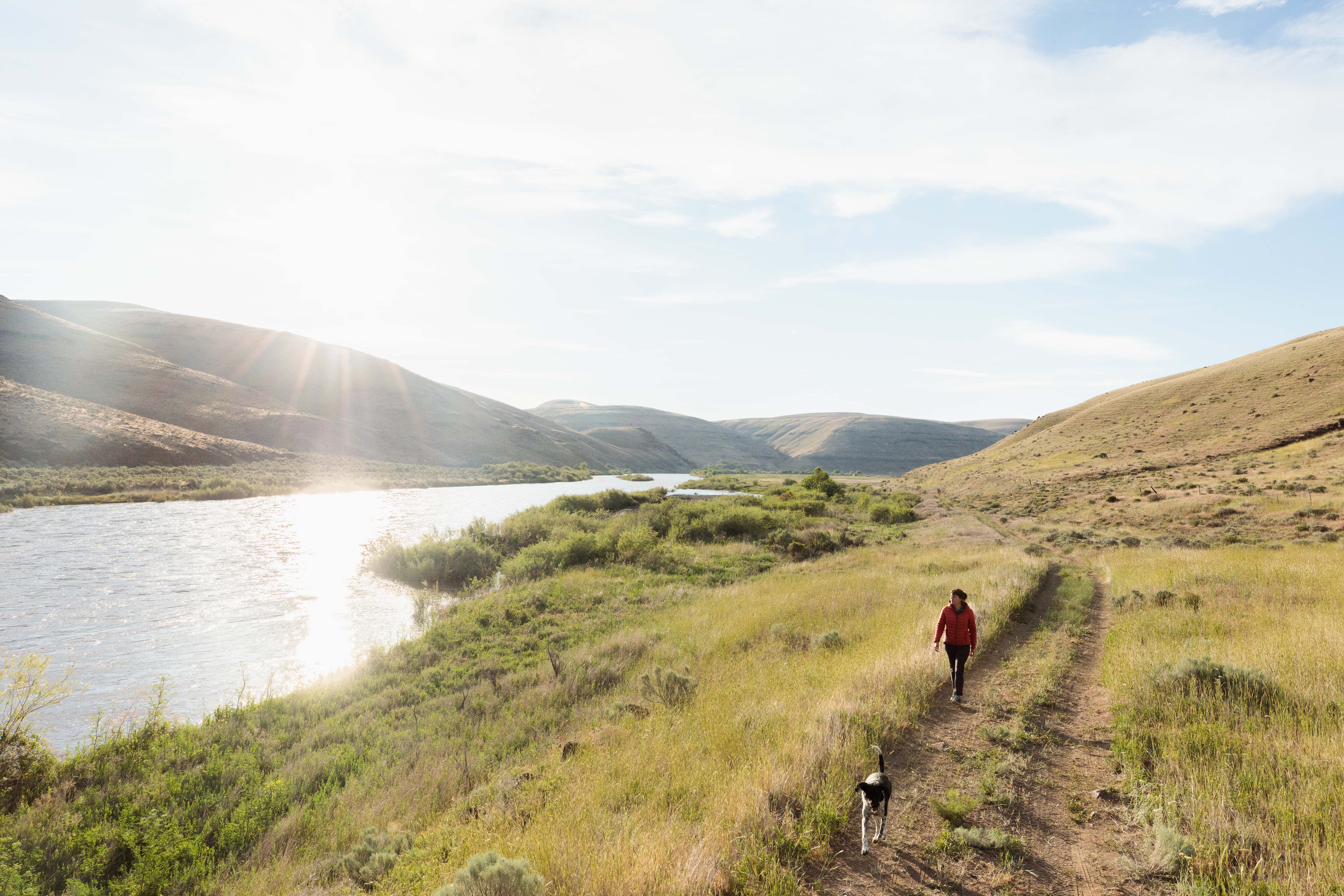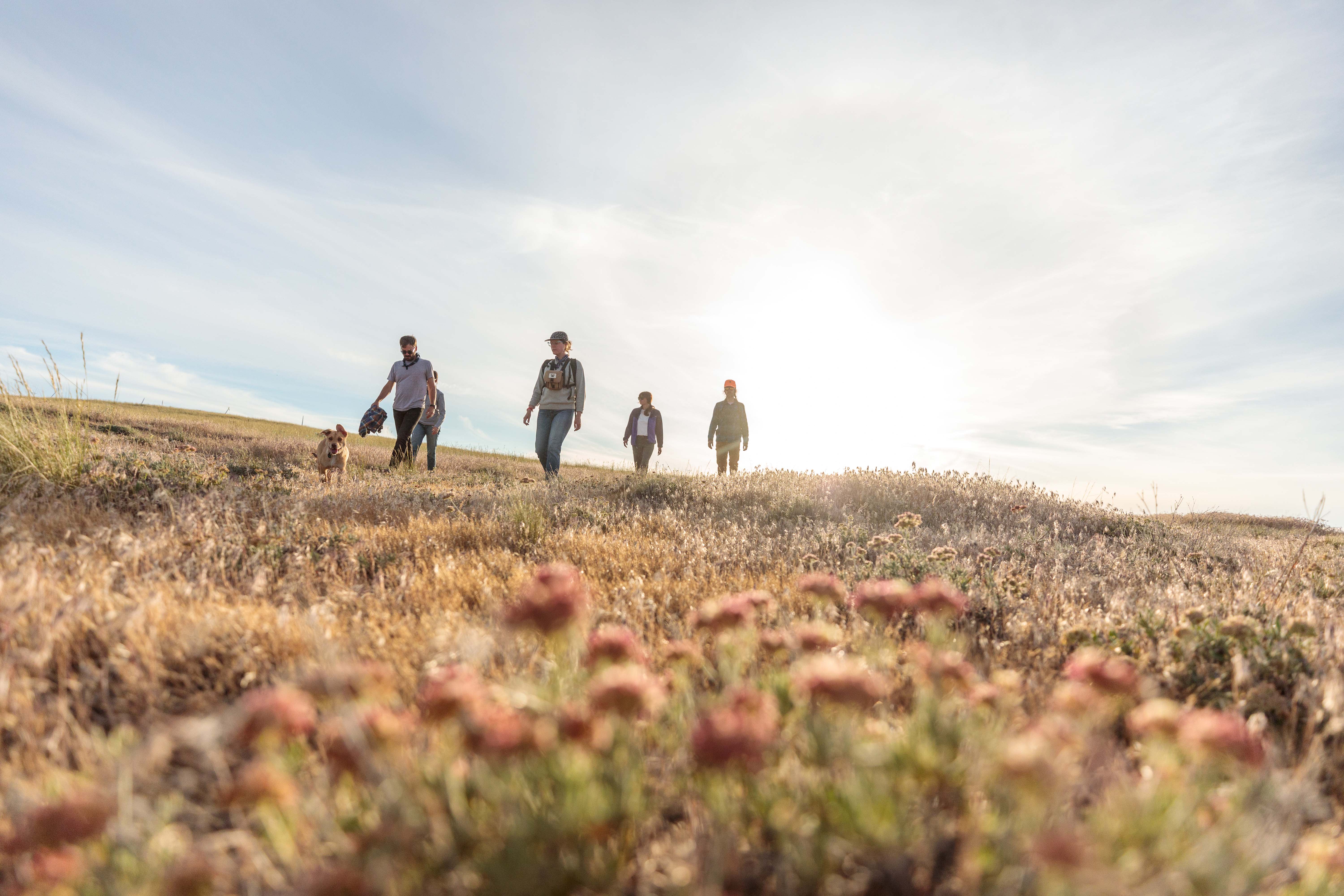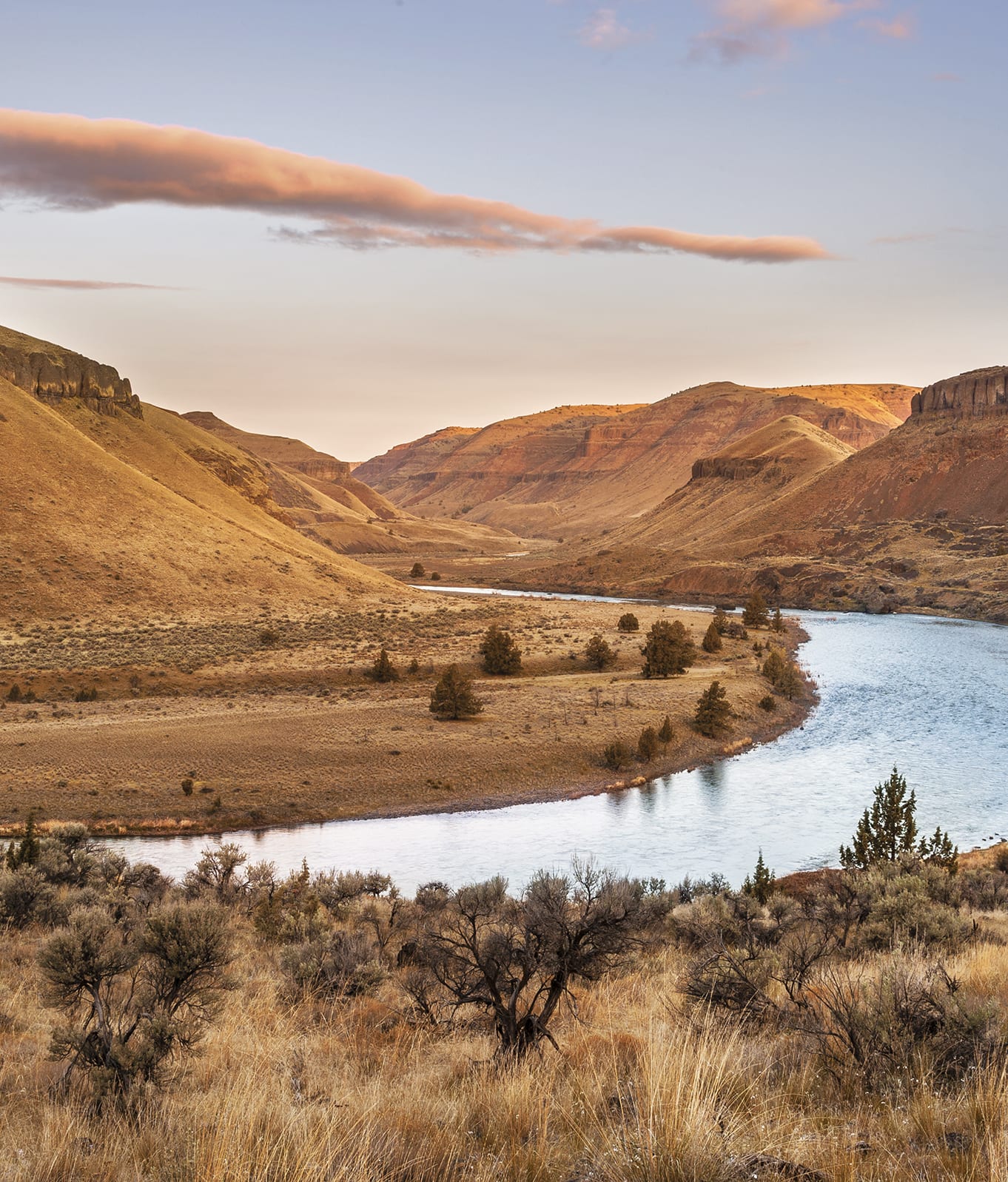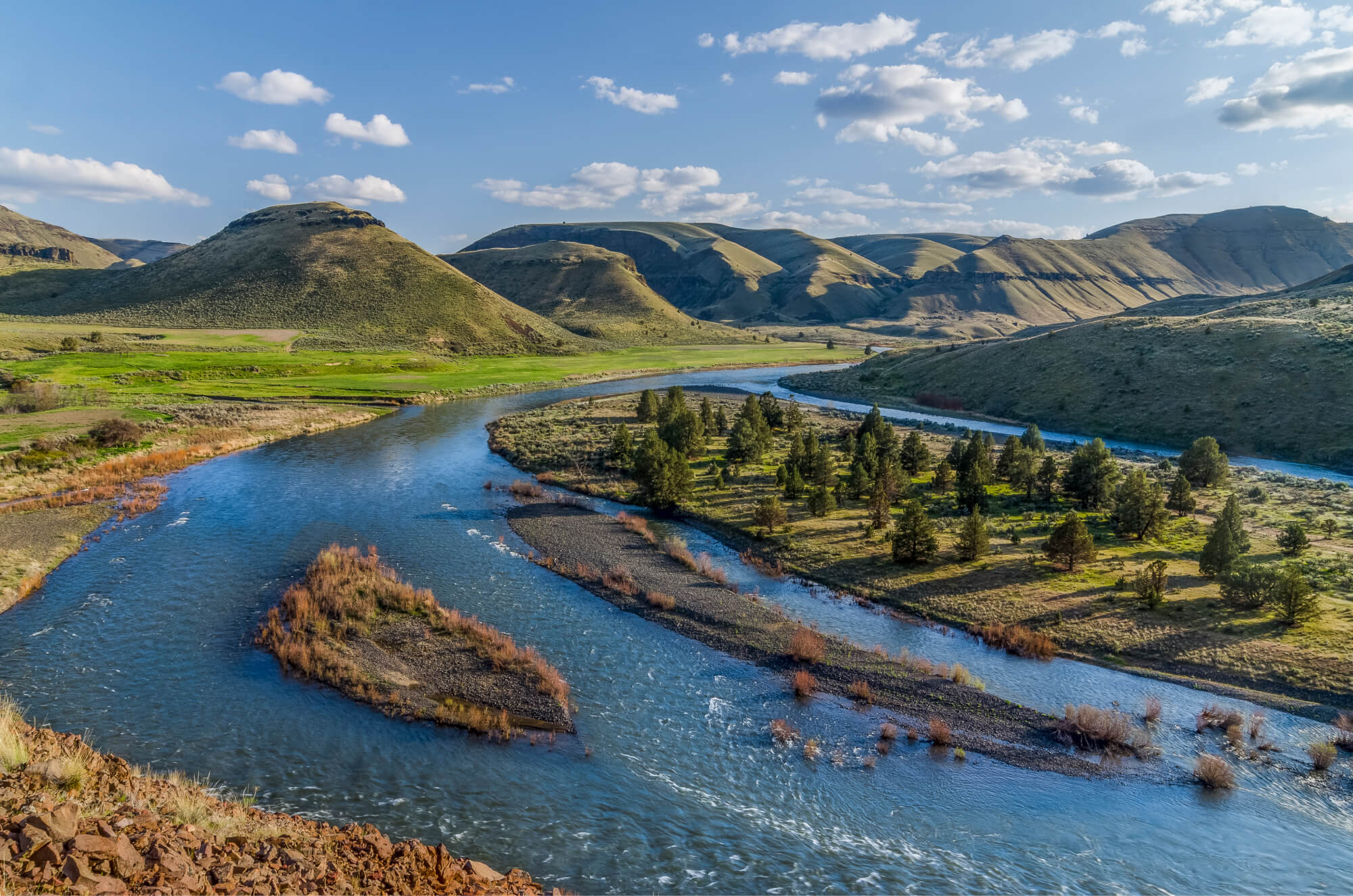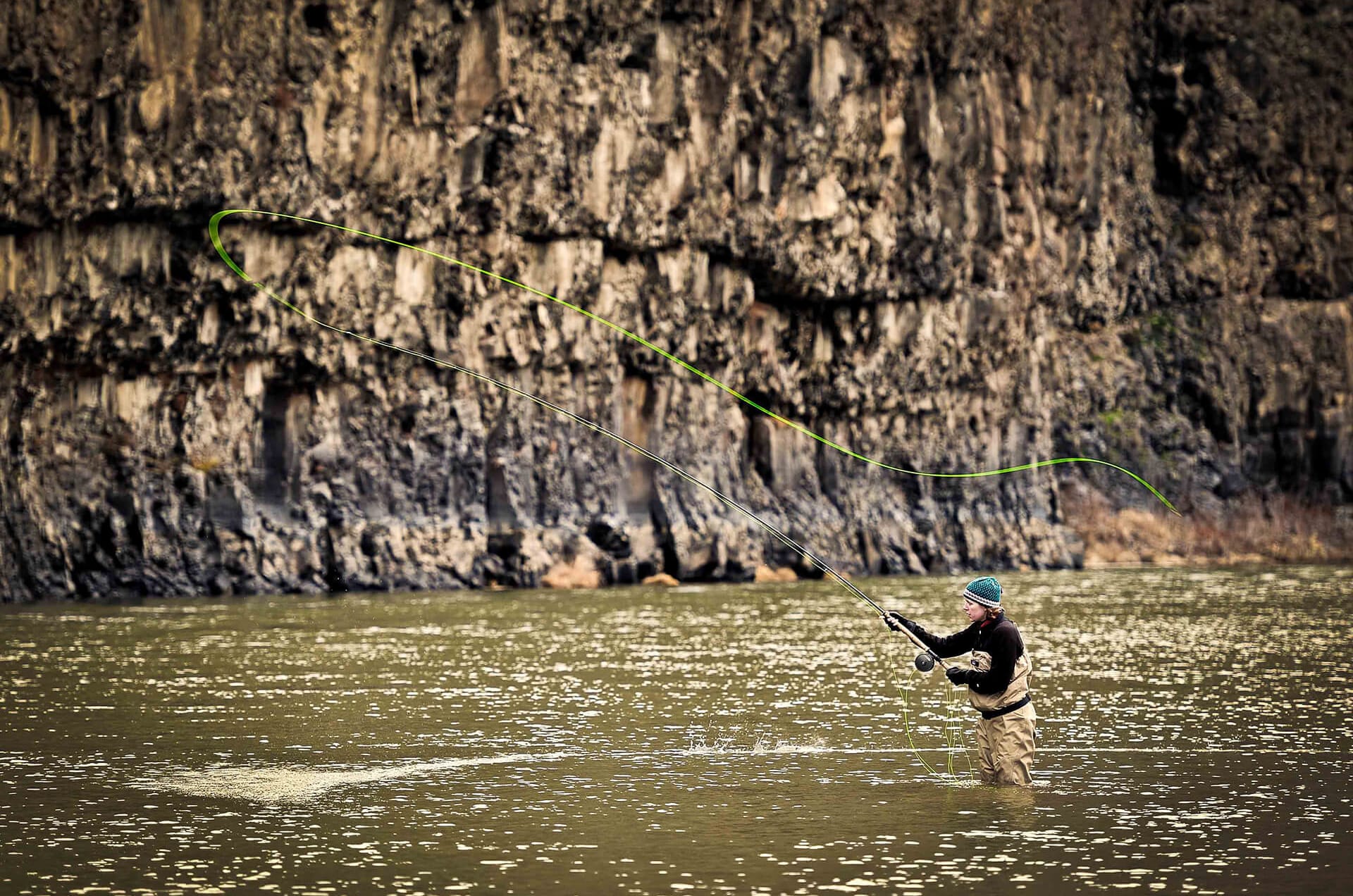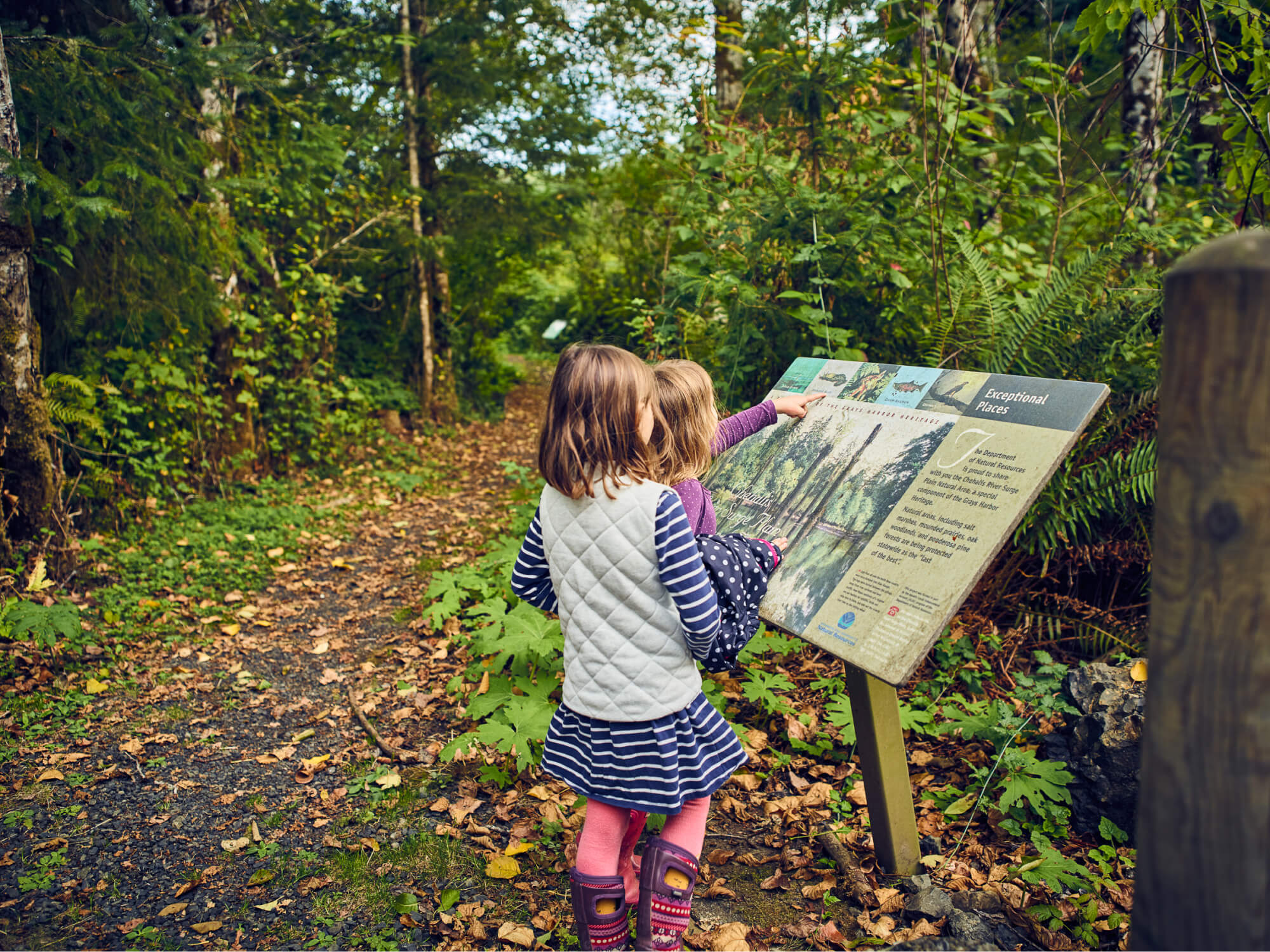Conservation throughout the lower John Day River
In eastern Oregon, Western Rivers Conservancy has worked throughout the lower John Day River to conserve fish and wildlife habitat, improve recreational access and protect extensive reaches of the river’s top cold-water tributaries. WRC’s first milestone project was in 2013, when we protected 16 miles of the John Day and three miles of Hay Creek by creating Cottonwood Canyon State Park in partnership with Oregon Parks and Recreation Department. Then, in 2019, when boating access was threatened at Thirtymile Creek, we conserved two large ranches, including 10 miles of the John Day and nine miles of Thirtymile Creek by conveying the lands to the Bureau of Land Management. That same year, we added 117 acres to the northern end of Cottonwood Canyon, allowing OPRD to improve access at the remote Starvation Lane boating site.
Expanding on these projects, between March 2020 and August 2023 WRC was able to conserve McDonald’s Ferry Ranch, located seven miles downstream of Cottonwood Canyon State Park. This 4,134-acre property spans 3.2 miles of the John Day River and 2.6 miles of Grass Valley Canyon Creek, adding another major conservation and recreation win for the John Day.
Oregon Trail relics, sagebrush habitat and vital boating access
Steeped in history, McDonald’s Ferry Ranch is named for an old ferry that carried Oregon Trail pioneers across the shallow river ford of the John Day. Even today, century-old wheel ruts are visible on the property, carved into the desert floor by the countless wagons that carried people west to the Willamette Valley in the 1800s.
The native grasslands and sagebrush remaining on the property are part of a larger landscape that is disappearing across the West, one that supports an array of animals that face significant habitat loss. These include burrowing owl, ferruginous hawk, grasshopper sparrow, loggerhead shrike, sagebrush lizard, pronghorn, mule deer and Oregon’s largest herd of bighorn sheep.
Critically for boaters and anglers, the project secured permanent access to the last viable boater take-out on the lower John Day, which makes the seven-mile float from the northern edge of Cottonwood Canyon State Park possible. Below the ranch, the river winds into a long roadless reach and then careens over the un-runnable Tumwater Falls. The project is also a big win for hikers, hunters and other recreationists, who now have new access to property’s gentle three-mile reach of the John Day and the arid, rolling uplands above the river.
Win for imperiled steelhead
Conserving McDonald’s Ferry Ranch provided a unique opportunity to breathe new life into a once-productive steelhead tributary called Grass Valley Canyon Creek, which flows for two-plus miles through the property. Decades ago, the creek’s lower channel was completely relocated, limiting steelhead spawning in the creek. Now WRC, the BLM and our local partners are in the position to restore the original channel, replant native vegetation and enhance in-stream habitat for these imperiled fish.
McDonald’s Ferry is the fifth ranch on the lower John Day that WRC has conserved since 2013, protecting 30 miles of the mainstem and 66 square miles of land, all of it now accessible to the public. As at Thirtymile Creek and Cottonwood Canyon, protecting these lands will benefit the fish and wildlife of Oregon for generations to come.
